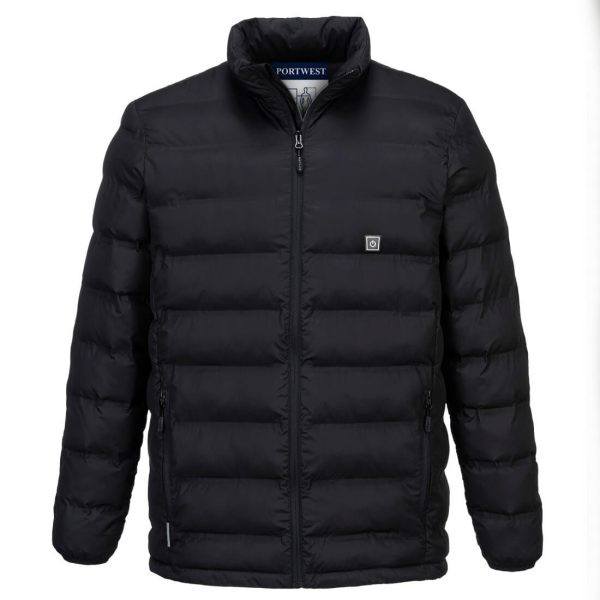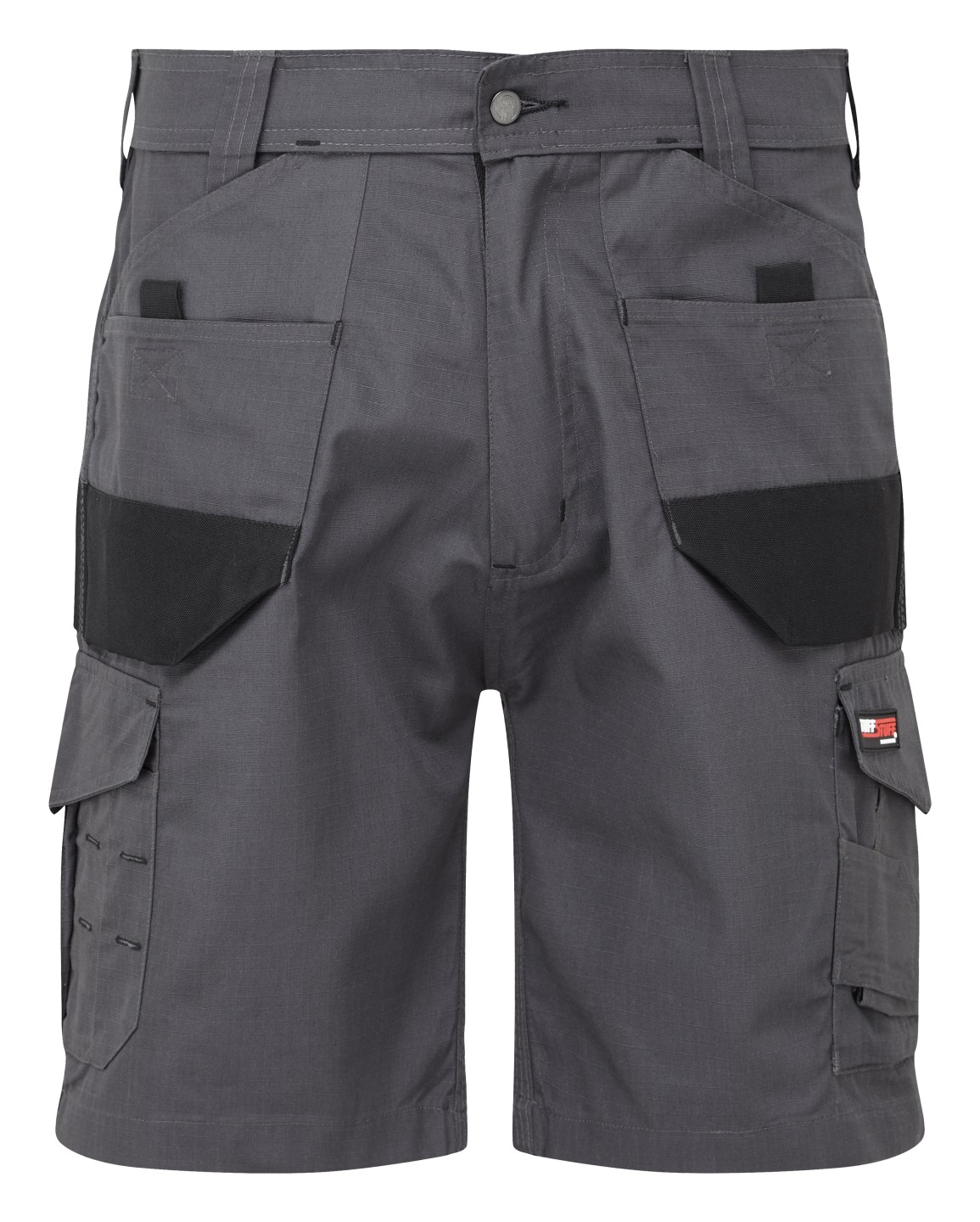Importance of women’s ranges
As an industry, we should collectively strive to cater and offer for all members of society. At the moment, this isn’t the case.
The fact is that the workwear industry and the types of businesses we provide for are generally male dominated.
Engineering is 87% male, construction 89%, manufacturing 71%, I think you get the picture. But why is this of any relevance?
Well the truth is that the industry as a whole can only supply for the people that come to them, but there is also another aspect to this issue.
In order to get more women to take up roles in the aforementioned industries, it’s vitally important that we begin to offer more choices for women in terms of clothing.
Why is this important? If women see no clothing choices for them in an industry they want to get a job in, then why on earth would they go on to work in that industry?
There’s high chances that their attention would be turned elsewhere due to the feeling of being shut out or perhaps disregarded.
But many would argue why a women’s range of clothing would be needed if there are very few women working in such industries in the first place?
The clothing wouldn’t sell and it would take up valuable room in the warehouse, surely? Not necessarily.
Not only would ensuring there is a good offering potentially encourage more women to get involved in said industries due to them having visible clothing options, but men and women have different shaped bodies – it’s a scientific fact.
We simply can’t expect women to be involved in these jobs if the clothes on offer don’t fit them or aren’t tailored to the contours of their body.
According to the Women’s Engineering Society 46.4% of girls 11-14 would consider a career in engineering and 42% of girls aged 14-16 said the same.
The engineering industry as a whole is only made up of 13% women showing there is a clear gap in the number of girls with an interest and those who actually hold jobs there. If you don’t build it they won’t come.
How it has evolved
In war times, men of fighting age were shipped off to the battlefield, this left a gap where the women took the jobs of the men that were away in order to keep the economy functioning properly.
This time in history can be regarded as when the need for women’s workwear arose. Women’s clothing of the time didn’t fit what was needed for work which meant a change was needed.
It is believed that most women simply borrowed clothes like jeans, dungarees and shirts and tops from their husband’s wardrobes.
After the war, the number of women in places like offices rose dramatically. This meant that a need for women’s workwear finally took off.
The 60s saw the introduction of garments like office skirts, blazers etc while the 80s saw the famous ‘boulder shoulders’ trend.
The early years of the noughties saw the number of women in industries like manufacturing and engineering increase massively – this led to an increase in popularity of garments like women’s overalls and hi-vis etc which leaves us where we are today.
What now?
The next chapter in the story of women’s workwear lies in the hands of people who make decisions for companies in the industry.
The increase of women entering industries such as engineering, manufacturing and construction that we saw at the turn of the decade left us with a great opportunity for the industry to start to play our part in driving women’s involvement in these industries forward.
Unfortunately, this never happened but this doesn’t mean it is too late for the industry to begin contributing towards this.
In order to further the involvement of women, Industrial Workwear are committed to continual research of the women’s market to gauge female perceptions of our current offering.
This includes making the necessary changes and adjustments to our current offering depending on the results of the research we undertake.



